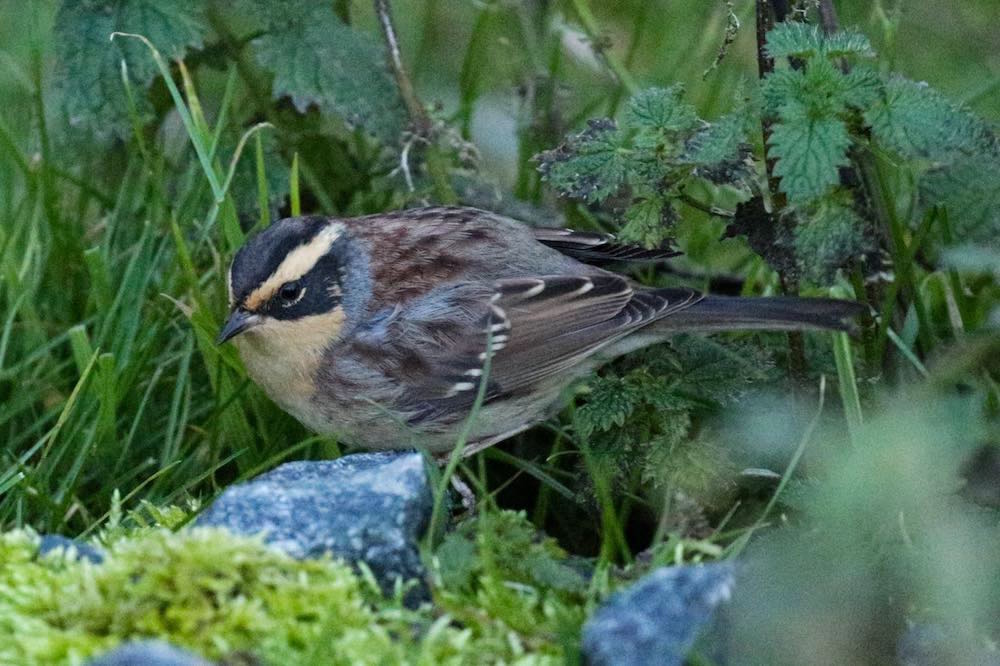
The BOU Records Committee (BOURC) contributes to the ornithological community by maintaining the British List. Since its first incarnation in 1883, the List has brought authoritative order to conflicting claims about status, distribution, taxonomy and nomenclature of the birds recorded in Britain, and for over a century the British List has also provided a model followed by many other national lists.
National lists
National lists constantly evolve as species are added, some removed, and taxonomy updated. Recently the BOU announced that, from 2018, it will be adopting the IOC World Bird List as a step towards our goal of developing a more unified global taxonomy based on modern scientific methods. From next year the BOURC will work with the International Ornithologists’ Union (IOU) towards this goal, and looks forward to the proposed round table discussions on taxonomy at IOC2018.
This recognition of our responsibilities in a global context, in a spirit of constructive cooperation rather than competition, is a response both to the opportunities presented by instant global communication and to the increasingly urgent need to pursue methods most likely to benefit the birds we study. It is no longer sensible or acceptable to uphold regional preferences or prejudices whilst biodiversity burns or slips away.
National and regional lists still have an important role, however. For individuals, for counties/states, and for countries they stimulate interest and provide a focus for exploration and discovery. Most ornithologists are birders at heart, and maintain lists of one kind or another. For these to have purpose, it is important that they can contribute and add to the recognised framework provided by national lists in general and the British List in particular.
How we maintain the British List
BOURC works closely with the British Birds Rarities Committee (BBRC), and is normally guided by them on matters of identification when assessing records of new species for Britain. In addition, determining acceptable first records, the most appropriate categorisation (another area in which the British List has developed a model which is widely followed around the world) and ultimately the status of all species (and subspecies) on the List involves research into issues around likely provenance as well as occasional reviews of historical records. Specialist advice is provided by colleagues who work in museums and zoos. The Rare Breeding Birds Panel (RBBP) provides current data about populations of non-native species in Britain, which are monitored both as potential additions, or changes, to the List and as threats to native species.
One group which spans the spectrum of BOURC’s work is wildfowl. We are sometimes asked why one species (e.g. Baikal Teal) is admitted to the List, whilst another (e.g. Falcated Duck) is not. Each case is assessed using all the available evidence; for Baikal Teal we have some important historical records, of which one provided isotopic data which supported vagrancy, whilst for Falcated Duck the potential for vagrancy is recognised but we are still awaiting the same level of proof. Two of our members recently explained our work around such issues in British Birds.
A list of vagrants
The 606 species on the British List include many surprises. As the world changes, so does the List. Who could have predicted that Tufted Puffin would be recorded, or that Eastern Crowned Warbler, first recorded in 2009, would have accumulated four records by 2016? And 2016 will be remembered as the year of the Siberian Accentor invasion; although long-predicted as a vagrant, nobody anticipated a double-figure arrival to secure its place on the British List!
It is becoming clear that almost any holarctic species might one day arrive naturally in Britain, and increasing use of DNA and isotope analysis is enabling us to resolve some tricky problems of identification and provenance.
BOURC members
Members of the Committee are volunteers. We are always open to constructive suggestions, either about aspects of our work or potential new members. As a young birder I never anticipated that I would become a member of BOURC, let alone Chair; any active young birder reading this might one day be in the same position.
And there’s more . . .
This article is part of a series explaining more about what the BOU does and why we do it – see ‘More about the BOU’ below.
Read more about our community, who they are, why they are BOU members and why and how they help us deliver our many activities.
More about the BOU
The BOU’s global ornithology community
What makes a BOU conference?
What does it take to run the #1 ornithology journal?
Recent BOU conferences
Developing early-career researchers
Meet some of our members and those who help run the BOU
Blog with #theBOUblog
If you want to write about your research in #theBOUblog, then please see here.
Images
Siberian Accentor © Lee Gregory




